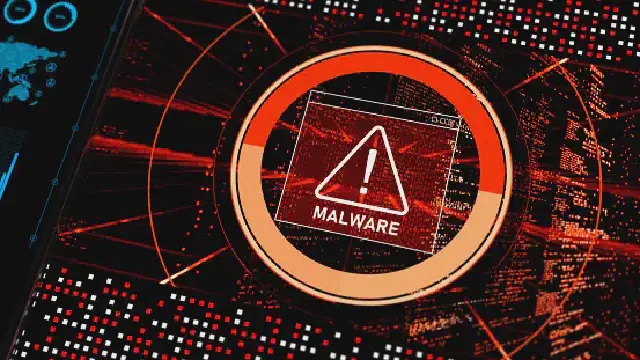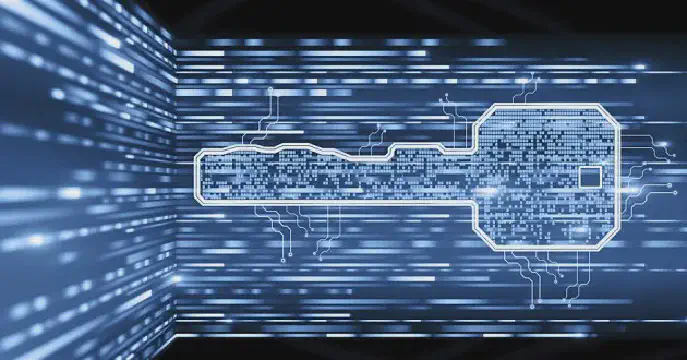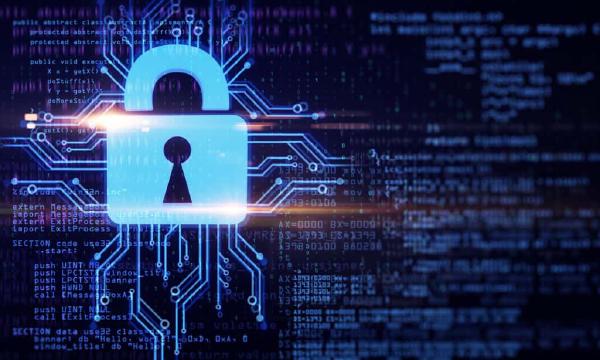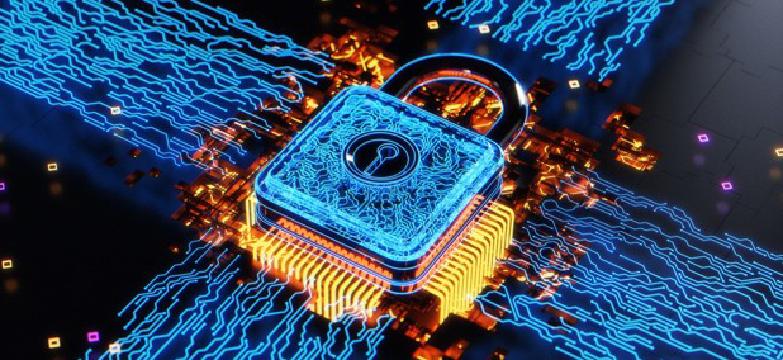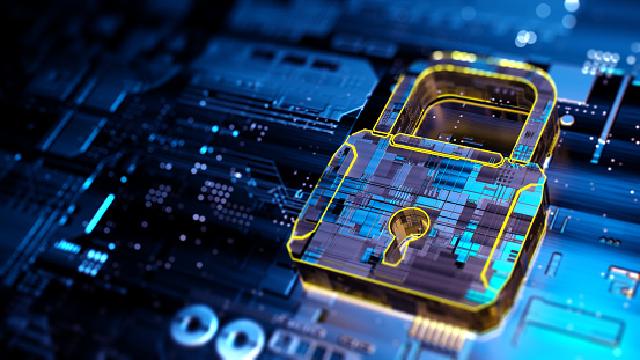Excerpt§
This post provides a complete guide to understanding error-correcting codes including basic principles, major code types like Hamming and Reed-Solomon, error correction mechanisms, and resources for hands-on learning.
Error-correcting codes play a vital role in detecting and fixing errors that occur during data transmission and storage. A thorough understanding of error-correcting code concepts and techniques can help developers build more reliable and robust systems. This post provides a comprehensive guide to learning the fundamentals, types, and applications of error-correcting codes.
Introduction§
Error-correcting codes are methods of encoding data by adding redundancy to enable the detection and correction of errors. They are essential in technologies like data storage devices, wireless communications, and satellite transmissions where noise can corrupt data. Learning error-correcting code theory and implementation helps strengthen technical skills for work in these fields.
We will cover the key principles, major code types, the error correction process, and resources for gaining hands-on experience with error-correcting code.
What is Error-Correcting Code?§
Error-correcting code refers to mathematical algorithms that allow for reliable data transmission over noisy channels. They work by adding calculated redundancy to the original data prior to transmission.
The main functions of error-correcting codes are:
- Error detection - Identify if errors have occurred during transmission.
- Error correction - Rectify corrupt or inaccurate data at the receiving end.
- Error containment - Limit the number of errors in each codeword.
Error-correcting codes are widely used in technologies like storage devices, mobile communications, satellites, and broadband networks.
Basic Principles of Error-Correcting Code§
Error-correcting codes rely on these basic principles:
- Data is encoded into binary codewords with added redundancy.
- Codewords are modulated and transmitted through the channel.
- The receiving end decodes codewords and detects/corrects errors.
- Redundancy allows recovery of data even with errors.
- More redundancy enables more error resilience.
Different coding schemes use various algorithms like hamming distance, parity checks, and finite fields math to enable error-correction capabilities.
Types of Error-Correcting Codes§
Some common categories of error-correcting codes:
Hamming Code§
- Adds parity bits to detect and correct single-bit errors.
- Used in RAM error correction and disk drives.
- Simple to implement but limited error correction capability.
Reed-Solomon Code§
- Encodes data into polynomial equations to correct burst errors.
- Used in storage devices and satellite communications.
- Powerful error correction but high computational complexity.
BCH Code§
- Subclass of cyclic codes with strong multiple error correction capability.
- Used in applications like optical networks and flash storage.
- More complex encoding and decoding than Hamming codes.
Understanding Error Correction Process§
Let’s understand the error correction mechanism with an example:
- Data is encoded using a (7, 4) Hamming code into 7-bit codewords.
- The codeword 1000101 is sent but gets corrupted to 1001101.
- At the receiver, the parity is calculated to detect the incorrect bit.
- The erroneous bit is flipped to recover the original codeword.
This demonstrates how error-correcting codes can restore data integrity despite errors.
Resources for Learning Error-Correcting Code§
Some useful resources to gain in-depth knowledge of error-correcting codes:
- Online courses like Coursera’s Error Control Coding course.
- Books like Lin and Costello’s Error Control Coding.
- Software like MatLab and Python for writing your own error-correcting code.
- Online communities to discuss concepts and implementations.
Practical experience with writing and testing code is key to mastering error correction concepts.
Conclusion§
Error-correcting code forms the backbone of reliable communications in the digital age. A solid understanding of the basic principles, techniques, and applications of error-correcting codes will be invaluable for anyone working in related fields. This post provided a headstart guide to learning error-correcting code theory comprehensively.

